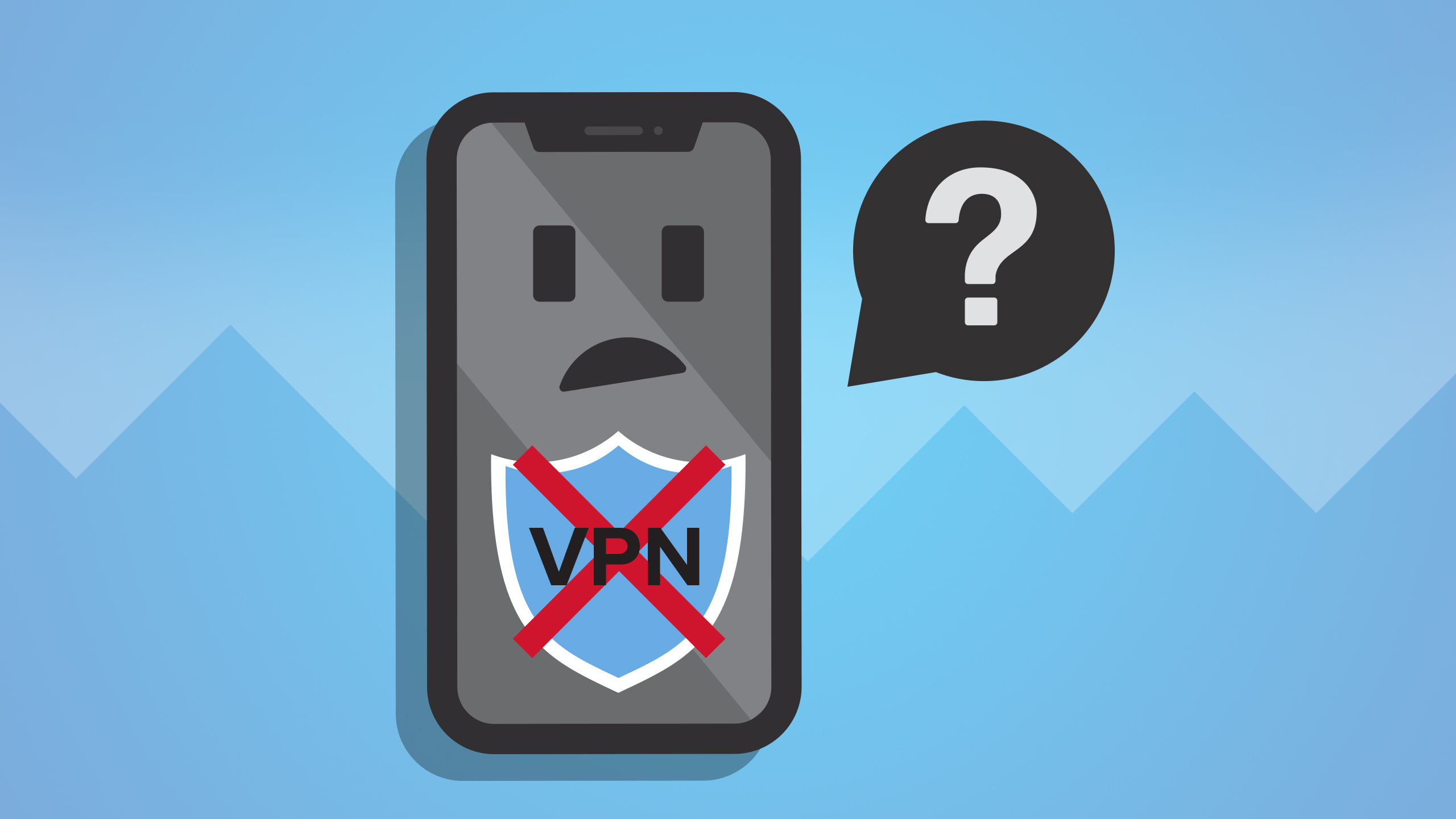Featured
Table of Contents
5 Of The Most Common Vpn Issues And Their Fixes
The Routing and Remote Gain access to snap-in lives within the Microsoft Management Console, understood as the MMC. There are multiple methods to access the MMC. You can select the console from the Start menu's Programs alternatives, within the Administrative Tools folder within Windows server's Control Panel or by typing mmc at a command timely.
As Tech, Republic's Brandon Vigliarolo shows within his video at the start of this short article, the Services console displays the status of the Routing and Remote Gain access to entry. From within the Services console and with the Routing and Remote Gain access to entry highlighted, you can click Start the Service or right-click the entry and select Restart.
Often the VPN client and VPN server are set to utilizing different authentication approaches. Validate whether an authentication error is the issue by opening the server console. Yet another technique of accessing the MMC is to type Control+R to open a command timely in which you can type mmc and hit Go into or click OK.
If the entry isn't present, click File, select Add/Remove Snap-in, pick the Routing and Remote Access alternative from the choices and click Add, then OK. With the Routing and Remote Access snap-in included, right-click on the VPN server and click Characteristics. Then, evaluate the Security tab to verify the authentication technique.
Troubleshooting
Make sure the VPN client is set to the authentication technique specified within the Security tab. Generally the products simply reviewed are responsible for a lot of VPN connection refusal mistakes.
IP addresses are another fundamental aspect for which administration should be appropriately set. Each Web-based VPN connection typically utilizes 2 different IP addresses for the VPN client computer system. The first IP address is the one that was appointed by the client's ISP. This is the IP address that's utilized to develop the initial TCP/IP connection to the VPN server online.

This IP address usually has the same subnet as the regional network and hence permits the customer to interact with the regional network. When you set up the VPN server, you should configure a DHCP server to designate addresses to clients, or you can produce a bank of IP addresses to designate to clients straight from the VPN server.
:max_bytes(150000):strip_icc()/vpn-D3Damon-5782a3675f9b5831b5cdd2c3.jpg)

If this alternative is selected and the efficient remote access policy is set to permit remote gain access to, the user will have the ability to connect to the VPN. I have been not able to re-create the scenario personally, I have actually heard rumors that a bug exists in older Windows servers that can trigger the connection to be accepted even if the effective remote access policy is set to deny a user's connection.
Fix Bitdefender Vpn Errors 182, 99, 12, 9, 4, 2 & More

Another common VPN problem is that a connection is effectively developed but the remote user is not able to access the network beyond the VPN server. By far, the most common reason for this problem is that permission hasn't been given for the user to access the whole network. To allow a user to access the entire network, go to the Routing and Remote Gain access to console and right-click on the VPN server that's having the issue.
At the top of the IP tab is an Enable IP Routing check box. If this check box is enabled, VPN users will be able to access the remainder of the network, presuming network firewall programs and security-as-a-service settings allow. If the checkbox is not chosen, these users will have the ability to gain access to just the VPN server, however nothing beyond.
If a user is calling straight into the VPN server, it's normally best to set up a static path in between the customer and the server. You can configure a static path by going to the Dial In tab of the user's properties sheet in Active Directory site Users and Computers and choosing the Apply A Fixed Path check box.
Click the Include Route button and then go into the destination IP address and network mask in the space provided. The metric should be left at 1. If you're utilizing a DHCP server to assign IP addresses to customers, there are a number of other problems that might cause users not to be able to go beyond the VPN server.
Troubleshooting Vpn And Encryption Problems For Admins
If the DHCP server assigns the user an IP address that is currently in usage elsewhere on the network, Windows will discover the conflict and prevent the user from accessing the rest of the network. Another common problem is the user not getting an address at all. The majority of the time, if the DHCP server can't designate the user an IP address, the connection won't make it this far.
If the customer is appointed an address in a range that's not present within the system's routing tables, the user will be not able to browse the network beyond the VPN server. Ensure the resources the user is attempting to gain access to are really on the network to which the user is linking.
A VPN connection to the other subnet might, in reality, be needed. A firewall software or security as a service option might likewise be to blame, so don't forget to examine those solutions' settings, if such parts are present in between the VPN server and the resources the user seeks to reach.
The very first possibility is that one or more of the routers included is carrying out IP package filtering. I advise inspecting the client, the server and any machines in between for IP package filters.
Latest Posts
The Top 10 Enterprise Vpn Solutions
Advantages And Disadvantages Of A Vpn
10 Best Cloud Vpn Providers In 2023